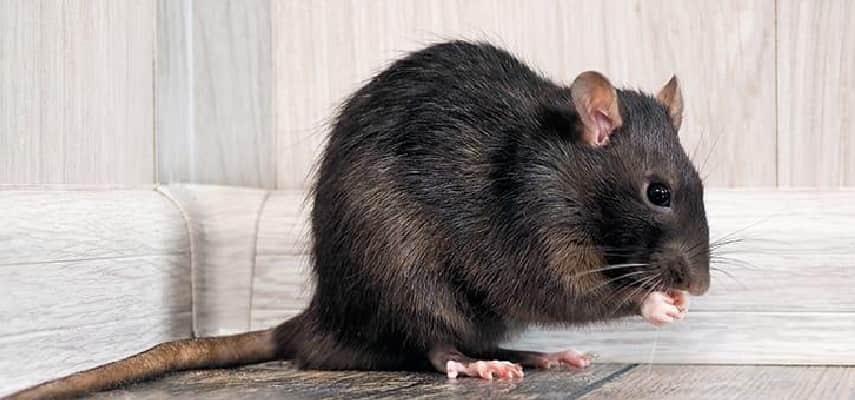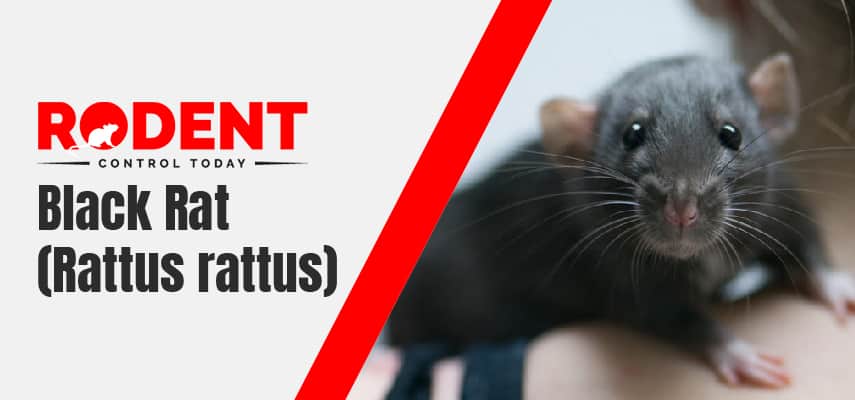Description With Scientific Classification
Black rats are found worldwide and other names are
Roof Rat, Ship Rat, House Rat etc.
- Kingdom: Animalia
- Phylum: Chordata
- Class: Mammalia
- Order: Rodentia
- Family: Muridae
- Genus: Rattus
- Species: R. Rattus
These rats are light brown in colour and are 12.75 to 18.25 cm long and weigh 75g to 230g and have a scraggly coat of black fur.
- Distribution Continents:Asia, Europe, Africa, Oceania, North America
- Subcontinents: South Asia, Western Asia, North America, Southeast Asia
- Countries:India, Pakistan
- Introduced Countries:Albania, Algeria, Austria, Belgium, Bosnia and Herzegovina, Brunei, Bulgaria, Cambodia, Croatia, Cyprus, etc.
- Biogeographical Realms:Antarctic, Australasian, Afrotropical, Nearctic, neotropical, Palaearctic, Indomalayan
- Habitat & Lifestyle: These are social in behaviour and so they live in groups, females dominate the male and are more aggressive than males. Black rats are nocturnal animals and their senses are highly developed.
- WWF Biomes: Mangrove, Mediterranean forests, Woodland and scrub, Taiga, Temperate broadleaf and mixed forests, Temperate coniferous forest, Temperate grasslands, Tropical dry forest, Tundra. Originated in India and Southeast Asia and became a native of India and Indo-Malayan species. Spread throughout the world but mostly in warmer areas. They adopt a wide range of habitats as in urban areas they are found in warehouses and residential buildings, in agricultural areas, and in urban areas such as dry upper levels of buildings, wall cavities and false ceilings.

Diet And Nutrition
They are not very specific about their food preferences and eat every kind of food including seeds, grains, fruits, stems, leaves, fungi and other small animals and insects also. Hence, they are omnivorous.
Breeding Behaviour
This species of rat is Polygyny which is where one single male mates with a number of females. Their breeding period is from March to November when a female can produce as many as five litters. Their gestation period is 21 to 29 days and females are able to carry 1-16 pups at a time. After their birth, they remain with closed eyes for 15 days. In this process, females remain alone as males leave soon after mating.
Population
Population Threats
They cause a huge amount of damage to crops and farms and so they are not a good choice for humans. Also, they are killed by many pests and humans. Their body contains fleas that carry a number of diseases and so Black Rats are responsible for spreading a disease which is called the “Bubonic Plague or Black Death” through which many humans die.
Decline In Population
Their population started decreasing in Australia after the introduction of brown rats, rodent control techniques and sanitisation. There is no population estimate but there are 1300 individuals present in Great Britain and 1000 on Shiant Islands.
Ecological Niche
They can destroy almost all types of crops, fruits and vegetables and so they are unable to produce a positive impact on the local ecosystem which results in the extinction of many birds, animals and insects.
Fun Facts
-
- They have very sharp memories with a high level of intelligence.
-
- Black rats are accomplished climbers and can also make balance on telephone wires.
-
- They are of a very shy nature and at the same time very strong also.


